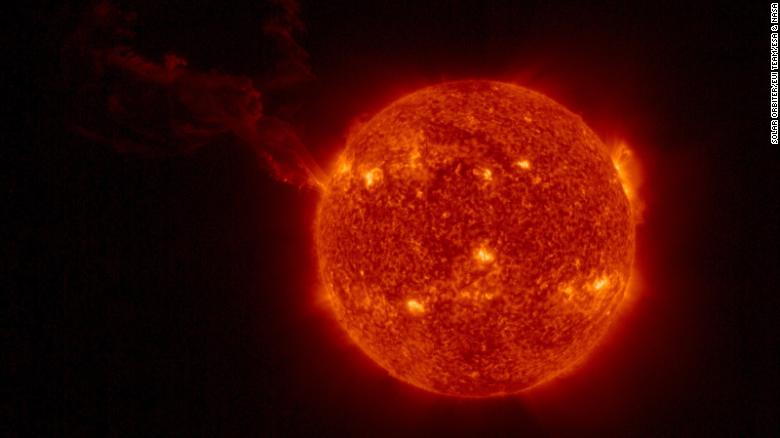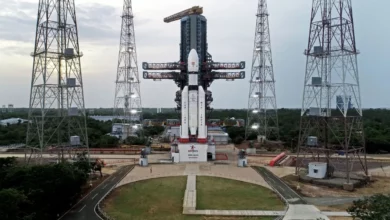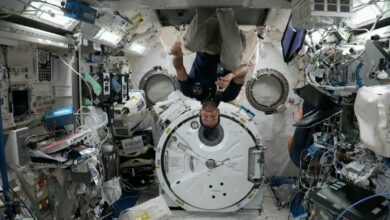
(CNN) – As a space enthusiast, I’ve always wanted to sail among the stars to a galaxy far, far away.
I got a step closer this week when I boarded the Star Wars: Galactic Starcruiser at Walt Disney World for a preview of the first-of-its-kind immersive experience, opening on March 1. As a Star Wars fan, I was delighted to interact with characters new and old and live out a choose-your-own adventure at a resort simulating a cruise among the stars.
Joining a secret mission, I trained with a lightsaber, traded messages with spunky droids and helped Chewbacca sneak around the ship to aid Rey and the Resistance against the First Order.
But my breath caught as I stepped inside my cabin and beheld a window with a constant view of shimmering stars, asteroid fields, passing ships and a dazzling array of planets. Standing on the ship’s bridge, I spied sparks of lightning as storms brewed in the tumultuous clouds of Bespin, a planet familiar to fans of “The Empire Strikes Back.”
As a science journalist, I’ve often imagined what it might be like to travel to space. Now, I finally know — sort of, just with more gravity, and of course, the Force.
A spacecraft studying the sun was in the right place at the right time when our star decided to have a bit of a temper tantrum.
The Solar Orbiter found itself in the perfect position to capture an unprecedented image of a massive solar eruption on February 15.
The striking event extended millions of miles into space from the sun — and luckily, it was traveling away from Earth rather than toward us.
It’s another sign that our sun is getting more active as it builds toward a peak of stormy activity in 2025.
Fossils and fireballs
A long time ago
These jars were recovered from a site near Cairo.
Hundreds of pottery jars and other tools used for embalming have been recovered deep inside a cemetery shaft near Cairo.
Ancient Egyptians used these for storage as they prepared the bodies of the dead for the afterlife more than 2,500 years ago. Researchers are trying to learn more about the jars and the intriguing inscriptions they bear to determine who owned them.
Meanwhile, flattened stones and spiky clay balls sitting in a Japanese museum have shed light on the origins of throwing stars. These throwing weapons were used by ninjas, the mysterious covert agents of feudal Japan, 430 years ago.
Across the universe
Say hello to 1 million newly discovered space objects.
These are just some of the 4.4 million objects newly mapped by astronomers that are billions of miles away from our corner of the universe. Many of the celestial objects are galaxies harboring giant black holes or stellar nurseries where stars are born.
Observations made using data from the Low Frequency Array telescope, or LOFAR, is changing the way we see the night sky — and this week’s release was only 27% of the entire survey.
Our own Milky Way galaxy is full of intriguing objects, including this exoplanet where metal clouds form at night and rain is made of precious gems.
Consequences
Water can be seen flowing down to the bed of Store Glacier in Greenland.
The Greenland ice sheet is melting far more quickly than we thought — and that’s dumping even more water and ice into the ocean than expected.
The bottom of the ice sheet is releasing meltwater at an unprecedented rate. As meltwater falls from the top, gravity creates kinetic energy that warms water pooling at the base.
The Greenland ice sheet produces more energy than the world’s 10 largest hydroelectric dams combined, new research revealed.
But instead of generating electricity, this is speeding up the melting process.






